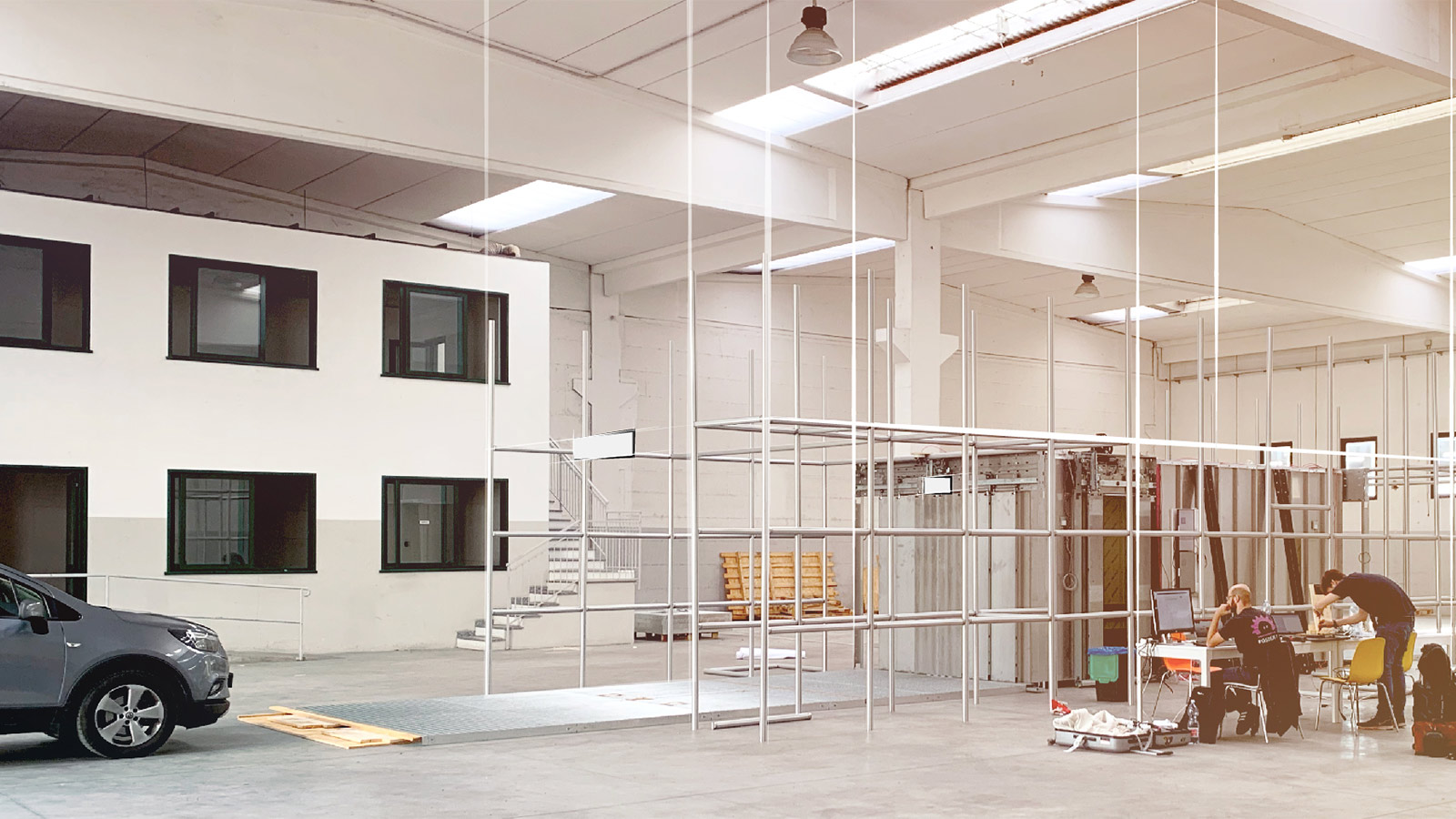Services
Branchen
Unternehmen

 Matthias Wagler
Matthias Wagler

25.11.2009
Shaping lasting experiences: The peak-end rule
Graphic taken from the awesome Book Generative Gestaltung
Having recently talked about the importance of the first impression during a product experience, I’d like to share another insight on shaping experiences. A while ago I stumbled accross the work of Daniel Kahneman, a psychologist and nobel-prize winner focusing on judgement and positive phsychology. It was his peak-end rule that really got my attention. So let’s not waste time and talk about what this guideline can teach us.
What is the peak-end rule?
„According to this rule, we judge our past experiences almost entirely on how they were at their peak (pleasant or unpleasant) and how they ended. Other information is not lost, but it is not used. This includes net pleasantness or unpleasantness and how long the experience lasted.”
Michael Johnston also created a visual representation of the rule:
When to use?
After initially using this method for doing interaction design here at Intuity, I figured out that these patterns could be applied to all kinds of other experiences. Keeping my eyes open I’ve been discovering the same design patterns in all kinds of contexts from movies to a customer experience inside a coffee shop. In your day-to-day business it could be useful for…
- Shaping the experience of a digital service or product
- Shaping a customer experience in a store
- Creating workshops with customers
- Giving a presentation
- Doing a party for friends
How can we apply this rule?
First things first – Get the overall experience right
Sure peak and the end are important, but first of all it’s crucial to get the overal experience right. After that you can focus on setting highlights.Set peaks – And define a place to collect those ‘Sahnehäubchen’
While creating an experience you should consider the peaks from time to time. Don’t force it, just try to ask yourself: How could this feature stand up/out? How could I include this joke in my presentation? Gather these little gems on a project wall in order not to forget them. Ideas of that kind tend to pop up in your mind while doing something different and they tend to be very fragile. It’s most important to catch these little butterflies and put them on a piece of paper. (Give this place a name – in our team we call this the “Sahnehäubchen” wall).Restrict yourself – Don’t overdo
Trying to set peaks all the time will not result in a good product experience but rather in a product that tries to “impress” and scream at customers all the time. Nobody likes posers. The same goes for digital products. What’s more: if you try to create too many peaks the chance that you don’t get any of them right is pretty high. So focus!Shape a strong ending
When designing an interface or doing a workshop, try to have the end in mind. Just try to ask yourself from time to time: How could the workshop end? How will the app look like when I shut it down? Try to design this ending as positive as possible.
